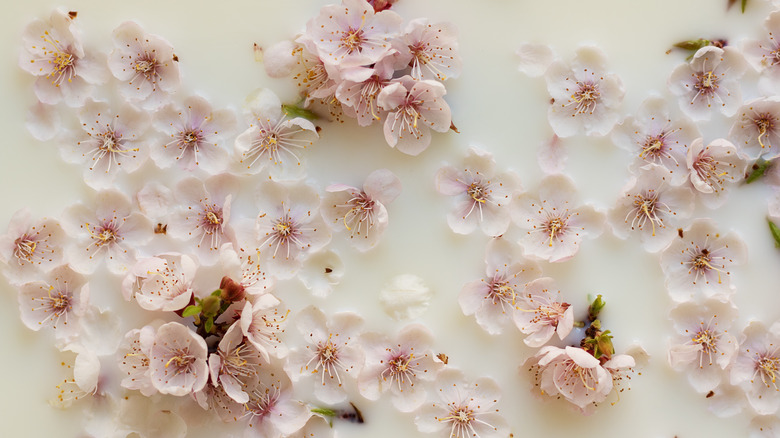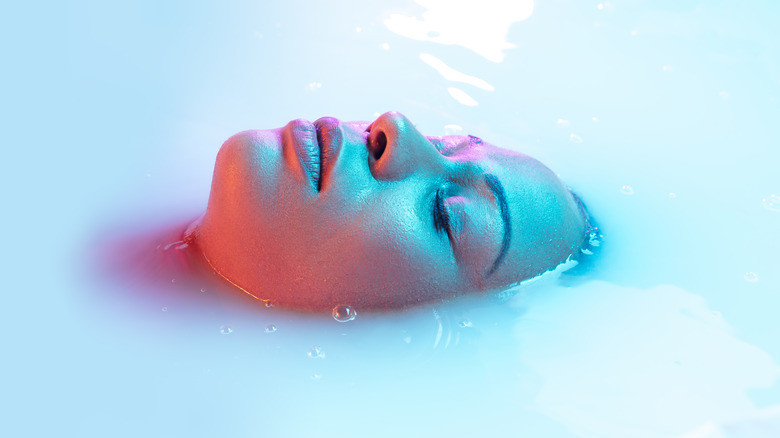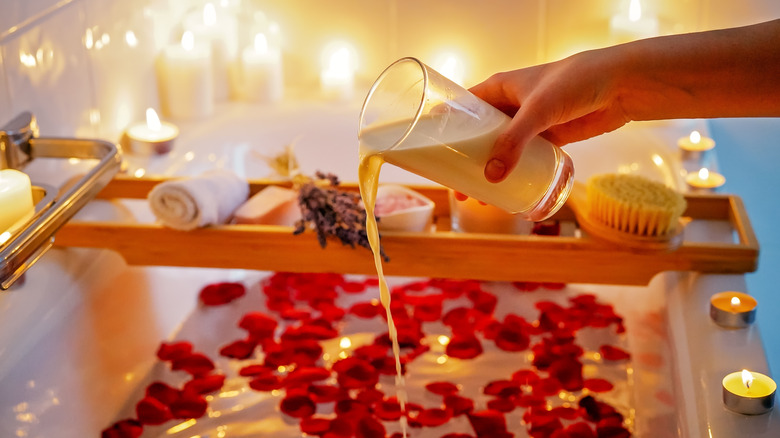Legend has it that Cleopatra would take donkey milk baths for soft, dewy skin.
And now, you might get beautiful skin too by taking a milk bath as well.
They all provide unique benefits to the skin.

Sometimes, prepared mixes contain extra ingredients that could trigger irritation or an allergic reaction.
Milk can cause itching, rashes, and/or hives in people with a milk allergy.
The lactic acid in milk can also trigger irritation in people with sensitive skin, per Healthline.

Consult your dermatologist before trying milk baths.
Additionally, you could even add honey or baking soda for a more luxurious bath.
it’s possible for you to also replace the powdered milk with your milk of choice.

If you have extradry skin, adding honey to a milk bath can provide deep moisture to the skin.
According toByrdie, epsom salt can help alleviate joint pain and muscle tightness.
Dermatologists point to whole milk or buttermilk because of lactic acid’s beneficial effects, perByrdie.
Especially rich in vitamin A,goat milkis an effective anti-aging ingredient for a milk bath.
Goat milk can also help with acne-prone skin.
Coconut milk contains vitamin C which can brighten the skin and repair sun damage.
The coconut milk also offers a cooling sensation and a light, hydrating feeling.
The phytochemicals in soy milk tackle free radical damage that can cause premature aging.
Now that you know how to make the perfect milk bath, go ahead and pour yourself one.
It’s guaranteed you won’t be crying over this spilled milk.